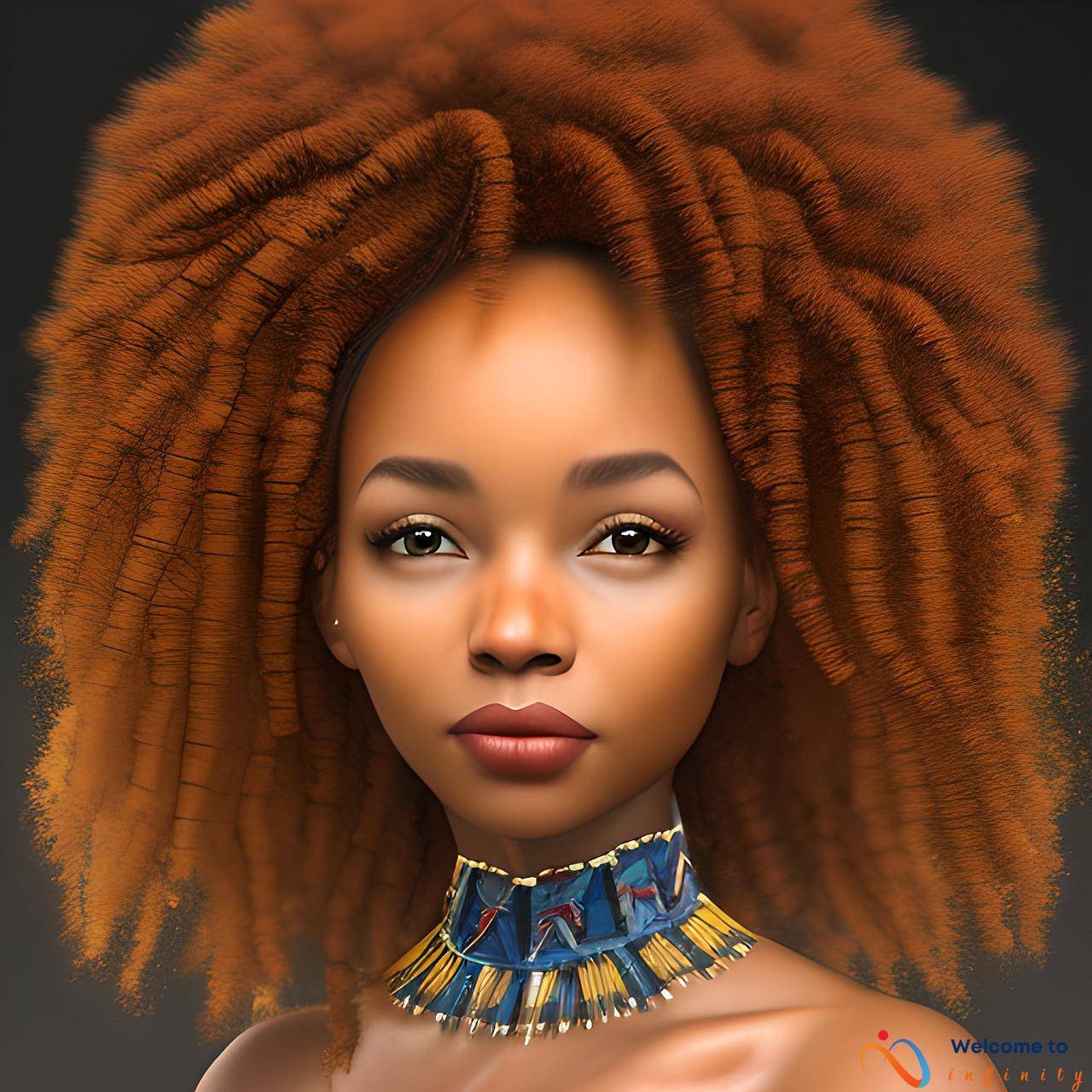Culture plays a significant role in shaping the themes and narratives that are featured in films. From Hollywood blockbusters to indie art-house films, cultural influences are present in every aspect of cinema. This article explores the positive and negative impacts of cultural influence on film, raising important concerns around authentic cultural representation and challenging harmful stereotypes and biases.
On the positive side of cultural influence in film, increased representation and diversity can make films more inclusive and reflective of real-world experiences. By highlighting diverse stories and perspectives, filmmakers can shift the cultural narrative and bring marginalized voices to the forefront. This creates a sense of inclusivity, empathy, and understanding among audiences, fostering a greater sense of community and connection.
However, cultural appropriation can have a damaging impact on film and perpetuate negative stereotypes. Filmmakers must navigate the thin line between cultural appreciation and exploitation, ensuring that they approach cultural representation in a respectful and informed manner. This requires a deep understanding of the cultures they are portraying, as well as a willingness to challenge their own diverse biases and beliefs.
Authenticity is crucial in cultural representation, as inaccurate or insensitive portrayals can perpetuate harmful stereotypes and contribute to cultural erasure. Filmmakers must prioritize authenticity and engage in a meaningful dialogue with cultural advisors and communities, ensuring that they are accurately portraying the lived experiences of the people they are representing. This can have a positive impact on both viewers and cultural groups, helping to build stronger relationships and breaking down cultural barriers.
The Power of Cultural Representation
Cultural representation is an essential aspect of filmmaking, as it has the power to create more inclusive and diverse films that authentically reflect the world we live in. When done correctly, cultural representation can help audiences to see themselves reflected on screen, fostering a sense of connection and belonging in people who may feel underrepresented or marginalized in mainstream media.
However, the importance of cultural representation goes beyond simply making films that are more accurate reflections of reality. In a world that is becoming increasingly globalized, it is vital that filmmakers strive to represent the diversity of human experiences in their work, both to break down cultural barriers between communities and to create a more empathetic and compassionate society.
At the same time, filmmakers must be mindful of the dangers of tokenism and superficial representation, which can be just as harmful as no representation at all. It is not enough to simply include characters from different cultures on screen; they must be fully realized individuals with complex personalities and motivations, rather than just caricatures or stereotypes.
In order to ensure that cultural representation is done thoughtfully and authentically, it is important for filmmakers to do their research and consult with people from the cultures they are representing. This can help to avoid inaccuracies and misunderstandings, and to ensure that the portrayal of cultural experiences is respectful and nuanced.
In short, cultural representation has the power to make films more inclusive, diverse, and culturally rich. It is crucial that filmmakers approach this task with sensitivity and respect, in order to create authentic and thoughtful representations of the world we live in.
Challenges of Cultural Appropriation
Cultural appropriation is a complex topic in the film industry, as it involves navigating the fine line between celebrating different cultures and misrepresenting them. Many filmmakers have faced criticism for appropriating aspects of different cultures in their films without properly understanding or respecting their significance.
One of the key challenges of cultural appropriation in film is the potential for harmful stereotyping and misrepresentation of marginalized communities. This can perpetuate harmful biases and reinforce damaging stereotypes, which can have real-world consequences for people who belong to those communities.
However, there is also the issue of cultural appreciation versus misrepresentation. Filmmakers need to accurately represent different cultures and respect their traditions, while also avoiding the trap of exoticizing or fetishizing cultural aesthetics and concepts. This requires a delicate balance that requires cultural sensitivity, research, and collaboration with people who belong to the cultures being depicted.
To navigate these challenges, filmmakers need to make an effort to understand the cultures they are depicting, engage in meaningful dialogue with people who belong to those cultures, and strive for authenticity and accuracy in their portrayals. They also need to be receptive to feedback and criticism, and be willing to make changes if their depictions are found to be insensitive or problematic.
In order to combat cultural appropriation, filmmakers can also take steps to promote cultural exchange and celebrate the diversity of different cultural experiences. This can involve highlighting stories and perspectives that are often marginalized or overlooked in mainstream media, while also being respectful and mindful of the cultural implications of their storytelling choices.
In conclusion, cultural appropriation is a complex issue in the film industry that requires a thoughtful and informed approach. By navigating the thin line between cultural appreciation and misrepresentation, filmmakers can create films that celebrate cultural diversity and promote greater understanding and respect between different communities.
The Importance of Authenticity
One of the key issues around cultural representation in film is the importance of authenticity. When filmmakers are not respectful or informed about the cultural experiences they are depicting, the potential consequences can be significant.
Inaccurate or offensive portrayals of culture can perpetuate harmful stereotypes and contribute to broader societal biases. They can also be deeply hurtful to members of the communities being misrepresented. As such, it is crucial that filmmakers approach cultural representation with sensitivity, respect, and a nuanced understanding of the complexities of cultural heritage and identity.
This means doing extensive research and consultation with members of the culture being depicted, as well as being open to feedback and critique from those who are better positioned to understand the nuances and subtleties of that culture. Authenticity in cultural representation extends beyond surface-level details like clothing and language, and requires a deep respect and understanding of the values, beliefs, and experiences that shape a culture.
When done well, authentic cultural representation in film can help to challenge harmful stereotypes and biases, expand empathy, and foster a greater appreciation and understanding of cultural diversity.
Intersectionality in Film
Intersectionality refers to the ways in which multiple aspects of identity intersect and influence a person's experiences, including their race, gender, sexuality, socioeconomic status, and more. In film, it is crucial to recognize and accurately represent the complexities of cultural experiences and identities.
Historically, there has been a tendency to portray marginalized communities in a one-dimensional or stereotypical manner, often reducing them to a single aspect of their identity. However, this type of representation is harmful and perpetuates harmful stereotypes.
Instead, filmmakers should strive to create multi-dimensional characters that reflect the complexity and intersectionality of real-life individuals. This means acknowledging and exploring the ways in which different aspects of identity intersect and impact a person's experiences.
Furthermore, it is important to ensure that individuals from marginalized communities have a say in how their experiences are represented on screen. This can be achieved through hiring diverse writers, directors, and actors, as well as through conducting thorough research and consultation with community members.
In sum, recognizing and representing intersectionality in cinema is crucial for accurately reflecting the diversity of human experiences and promoting understanding and empathy across different communities.
Combatting Stereotypes and Bias
Cinema has played a significant role in perpetuating harmful stereotypes and biases towards marginalized communities. However, filmmakers can challenge these stereotypes and biases by paying careful attention to cultural representation. Thoughtful and nuanced representation can have a ripple effect, not only creating a more accurate and respectful depiction of a specific community, but also challenging the wider perceptions and prejudices surrounding that community.
One way that filmmakers can combat stereotypes and biases is by placing marginalized communities at the center of their narratives. By showing the diverse experiences and perspectives of these communities, filmmakers can humanize their characters and challenge the harmful tropes that have long been associated with them.
Additionally, filmmakers can consult with members of the community they represent to ensure that their characters and storylines are authentic and respectful. This collaboration can help to avoid cultural misrepresentations and inaccuracies, and can also empower individuals within the community by giving them a voice in the storytelling process.
By combatting stereotypes and biases through cultural representation, filmmakers have the potential to create more inclusive and empathetic films, which can have a positive impact both on the individuals and communities represented on screen, as well as on the wider audiences who view them.
Cultural Influences on Film Genres
Film genres are popular categories that help audiences to easily identify a film's theme, tone, and style. However, the development and popularity of different film genres are significantly influenced by culture. A culture's values, beliefs, and traditions shape the stories that are told in cinema and the way in which they are told.
For instance, horror films have been influenced by various cultures, with their own distinct supernatural monsters and folklore. Western horror films often feature ghosts and haunted houses, while Japanese horror films, known as J-horror, are known for their creepy spirits like The Ring's Sadako or The Grudge's Kayako. The cultural differences in the depiction of supernatural creatures directly correlate to each culture's mythologies, religions, and beliefs in the afterlife.
Similarly, romantic comedies have been shaped by cultural expectations of romance and relationships. In Western cultures, romantic comedies often follow the trope of boy-meets-girl, where the lead actors go through a series of trials to finally end up together. In contrast, in India's Bollywood film industry, romantic comedies are influenced by stories where the couple have to overcome cultural or social hurdles to be together.
Cultural influences have also extended to films like musicals, where the rhythm and dance styles of a culture can influence the way the story is told. The colorful and lively Bollywood musicals are a prime example of this. The growth of the Bollywood industry has also led to the popularization of Indian culture around the world, which influences other film industries to incorporate more Indian-style movies or musicals.
Therefore, cultural influences play a significant role in the development and popularity of different film genres. Film directors and writers should be aware of the cultural nuances in the themes, characters, and storytelling techniques to create authentic films that resonate with audiences worldwide.
Globalization and Cultural Exchange
Globalization has had a profound impact on the film industry, bringing together different cultures and perspectives from around the world. As a result, cross-cultural storytelling has become increasingly prevalent, with filmmakers drawing inspiration from a wide range of sources and using film as a means of cultural exchange.
Through cross-cultural storytelling, films have the power to break down barriers and foster understanding between different communities. By showcasing diverse perspectives and experiences, films can help to challenge stereotypes and create more inclusive and empathetic societies.
However, the globalization of the film industry has also brought with it challenges, such as the potential for cultural misappropriation or the dominance of Western storytelling. It is important for filmmakers to approach cross-cultural storytelling with sensitivity and respect, recognizing the unique perspectives and experiences of different cultures.
At the same time, cross-cultural storytelling offers a tremendous opportunity for filmmakers to push the boundaries of traditional storytelling and create truly innovative and transformative films. By embracing diverse perspectives and experiences, filmmakers can tap into a rich and varied cultural landscape that can elevate the art and impact of cinema.
- Globalization has brought diverse cultures and perspectives together in film
- Cross-cultural storytelling can promote understanding and inclusivity
- Challenges include cultural misappropriation and Western dominance
- Approaching cross-cultural storytelling with sensitivity and respect is crucial
- Cross-cultural storytelling offers tremendous opportunities for innovation and impact
The Language of Film
One of the unique qualities of film is its ability to use visual language and storytelling techniques to create a universal narrative that transcends cultural barriers. While cultural influences can shape the themes and narratives present in films, the language of film allows filmmakers to communicate with audiences regardless of their cultural backgrounds.
Through the use of visual language, such as lighting, camera angles, and composition, filmmakers can convey emotions and ideas that are universally understood. For example, a close-up shot of a character's face can communicate their emotional state to viewers, regardless of their cultural background or language. Similarly, the use of symbolism can convey themes and ideas that are universally understood, such as the use of a rose to represent love.
Storytelling techniques, such as the hero's journey or the three-act structure, can also create a universal narrative that connects with audiences around the world. These storytelling devices tap into universal human experiences, such as the desire for love and the struggle against adversity, which can resonate with viewers of all cultures.
By using the language of film to create a universal narrative, filmmakers can bridge cultural divides and reach audiences around the world. Through cross-cultural storytelling, filmmakers can promote understanding and empathy between different communities, creating a more inclusive and interconnected world.
The Future of Cultural Influences in Film
The future of cultural influences in film is exciting and holds immense potential for both filmmakers and audiences alike. As our world becomes increasingly interconnected, the importance of cultural representation and exchange in cinema is more vital than ever. Looking ahead, we can expect to see more diverse and inclusive films that center the experiences of marginalized communities, and that challenge harmful stereotypes and biases.
One area of growth in this arena is the rise of independent cinema, which provides a platform for underrepresented voices and narratives. With the increasing accessibility of technology and funding options, indie filmmakers have more opportunities than ever before to create meaningful and impactful cinema that explores cultural themes and experiences in nuanced and authentic ways.
In addition, the continued growth of globalization and cultural exchange means that filmmakers have an even larger audience to reach and impact. As cross-cultural storytelling becomes more commonplace, we can expect to see a greater emphasis on empathy, understanding, and connection in film.
- One challenge that filmmakers must continue to navigate is the risk of cultural appropriation or misrepresentation. As cultural exchange in cinema continues to grow, it is essential that filmmakers approach representation with sensitivity and respect.
- Authenticity and accuracy in cultural representation remain critically important, with filmmakers needing to do their research and consult with cultural experts to ensure that they are presenting cultures in a respectful and informed way.
- Finally, the future of cultural influences in film is bright and full of possibility. As filmmakers continue to explore diverse themes and stories, and engage in cross-cultural dialogue, cinema will remain a powerful tool for promoting understanding, empathy, and connection between different communities both local and global.









